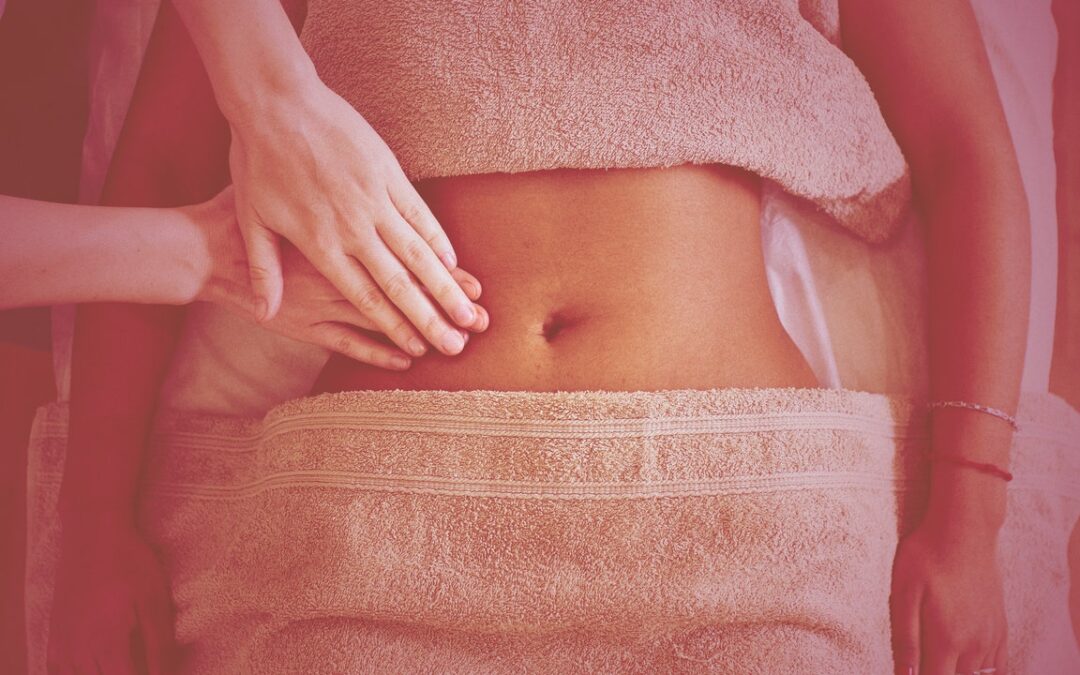The technique — which was developed by Dr. Emil Vodder in the 1930s — evolved in Europe and has only recently become more mainstream in the United States, says Robin Ehrlich, a massage therapist and director of Eastside Massage Therapy in New York City. Specific strokes — with a pressure phase and release phase — are utilized by trained therapists “to assist with re-routing lymph fluid from soft tissue so it can be properly filtered out of the body,” says Starner.
Since technique is key, it’s important to seek out a certified professional. Certified lymphedema therapists (CLT) are licensed healthcare providers — including registered nurses, occupational or physical therapists, medical doctors of osteopathic medicine – who have completed a course in complete decongestive therapy (CDT), says Dr. Kadian-Dodov. Certified manual lymphatic drainage therapists (CMLDT) have completed similar but less-extensive coursework.
What are the benefits of draining the lymphatic system?
During a lymphatic massage, lymphatic fluid is intentionally directed from areas of poor function to the lymph nodes to allow for clearance of toxins and mobilization of the fluid, says Dr. Kadian-Dodov. The massage can also stimulate the parasympathetic nerves, which counter stress signals in the body from the sympathetic nerves.
Re-routing this protein-rich fluid in the lymphatic massage process reduces the risk of infection, improves circulation, and clears waste products from the body, which in turn can improve energy levels and quality of life, says Starner. Numerous studies have pointed to this, as well.
Can you see a difference before and after a lymphatic drainage massage?
Visible differences before and after lymphatic drainage massages may be subtle, and of course, the answer to this question is very situational. It’s important to consider why you pursued this specific massage technique in the first place and what kind of tangible results you’re looking for.
With that being said, some people notice a significant reduction in swelling or puffiness in certain areas of the body, particularly under the eyes, says Dr. Maurice Beer, MD, a board-certified internal medicine doctor and the medical director at New York City wellness destination Clean Market. After a lymphatic drainage massage, you may also notice that you’re experiencing less achiness or discomfort with movement, he adds.
There may also be benefits when it comes to digestion: There’s clinical evidence that abdominal massage, and specifically manual lymphatic massage, may help with symptoms of constipation, says Dr. Kadian-Dodov. Massage can stimulate the bowels to move and increase the parasympathetic nerve activity to promote relaxation and normal bowel movements.
Can you do a lymphatic drainage massage by yourself at home?
You can do a lymphatic massage on yourself at home, but you can’t expect to get the same results that you would from a certified professional with knowledge of the lymphatic system.

